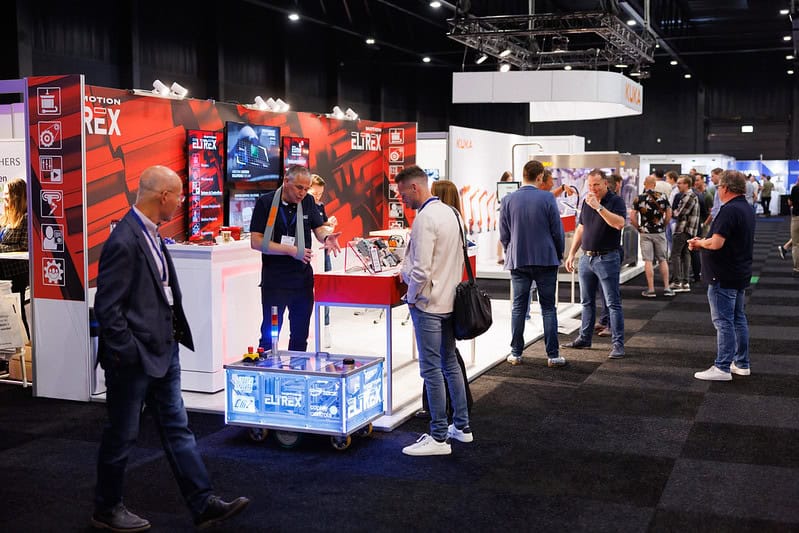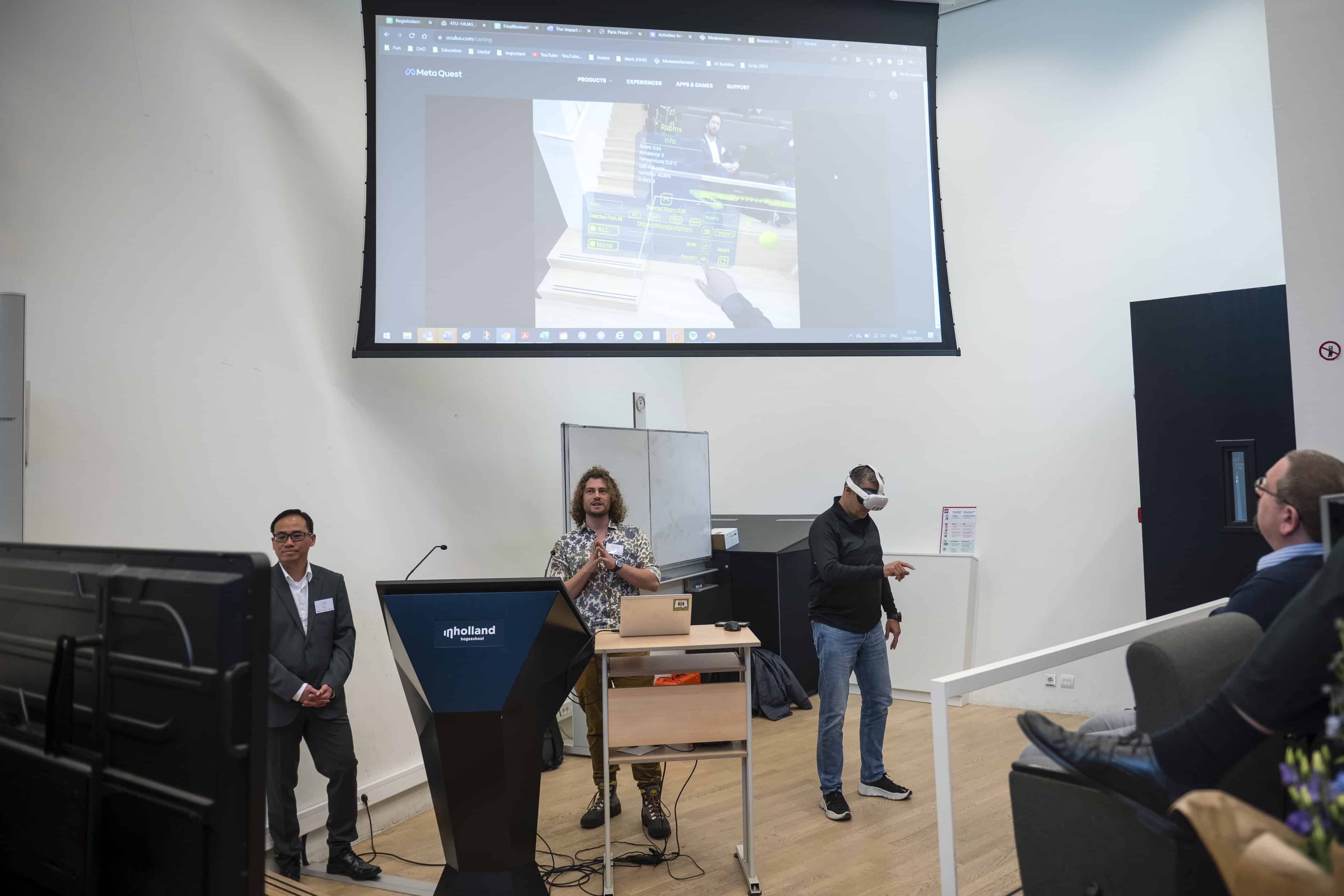
‘Keep innovating by simplifying’ has been Giovanni Pugliese’s motto from day one. In his vision, bringing new technologies to the market also means making them more accessible to people in general.
The engineer is the founder of Telecom & Security, a company that has been working on technologies for telecommunication systems since 1993. After developing a type of connector for optimizing coaxial connections, Pugliese designed a system that makes fiber optic connections easier to install.
According to Eurostat, only 33.7 percent of households in Italy have a fast internet connection, whereas the Netherlands scores much higher with 89.8 percent. The European Union is also aware of this gap between member states and a big part of its Recovery and Resilience Facility is aimed at the digital transition. Including the rolling out of faster internet networks. Which is why the Italian company is offering a solution to make it simpler to connect to high-speed networks.
“Optic fiber can only be set up by a limited number of telephone network installers – an expensive type of splicer and good training are needed to do this. For this reason, we started thinking about a system that could increase the number of professionals that can install it inside homes”, Pugliese explains.
A connector that is installed within 30 seconds
So Telecom & Security developed Easy FTTH – Fiber to the Home. Easy Fiber is a patch cord that allows the installer to set up a connection in just 30 seconds. The cord comes pre-connected- it has a connector at the site of customer end – and it can be pulled through small conduits. By using a pair of scissors and of the components that come with the kit, the patch connects straight to the main optical fiber component – zirconia ferrule – a subcomponent of the fiber connector that protects the fiber and keeps it in place. Telecom & Security’s systems comprises several elements that, a bit like Lego, need to be assembled together.
The connector prevents that there is any possibility of it breaking down and thereby preserves the fiber’s integrity. As a result, the connection is safe and works optimally.

Safer connections
Easy Lock, another solution, is the result of a close cooperation with Telecom Italia; Italy’s main phone operator. “We asked them what problems they experienced in the process of installing optical fiber. The company raised a concern about safety, as the signal carried by optical fiber can be very harmful to the retina of the eye”, Pugliese points out.
“Since fiber is now inside our homes, it comes into contact with people who are not specialists. Toddlers, for instance – who don’t know how dangerous it can be. Apart from that, if the cable is disconnected by accident, just a little bit of dust can destroy it. That’s why it needs to be safe for everyone.”
Easy Lock solves this problem by adding a small clip that locks into place on the traditional adapters. The lock prevents any (un)intentional disconnection by non-technical personnel. It can only be unlocked with the use of an external tool.
“That’s an example of how we do things. We keep innovating by simplifying. It is just a simple plastic clip that locks in place when the cable is inserted. But it is very effective” Pugliese adds.
Easy Lock was submitted to the IEC – International Electrotechnical Commission – 2019 general meeting, and it is due to become a new global technical standard.
Easier installation in sockets
Installers usually need to add more sockets to set up optical fiber, or to drill holes into walls to feed the cable out from the electrical boxes. Moreover, if the fiber needs to be in another room of the house, there has to be the right type of covering to connect the cable. Telecom & Security came up with another idea and called it Easy Link.
Pugliese: “While trying to figure out a good way to integrate the fiber into the electrical boxes, we thought about using existing electrical sockets. Then, we developed a cover that could be installed behind the existing electrical box. Considering that a cable reaches all rooms in a house, optical fiber can reach all rooms too. All kinds of devices can connect to it.”
Easy Link doesn’t need another hole in the wall, and the existing electrical connections also don’t need to be unplugged. It fits into the electrical box without needing to be screwed in place. When combined with the Easy Fiber and the Easy Lock, the optical fiber connection is ready in 2 minutes’ time and it matches the style of the existing electrical boxes.
In addition, if the electrical system does need to be repaired, there’s no need to touch the optical fiber as it is kept separate from where the electric cables pass.
A new outlet for optic fiber
The fourth patent aimed at simplifying optic fiber connections is the Easy Key. Whereas the three previous patents are targeted at existing buildings, Easy Key was designed to be integrated into new ones.
The outlet system is a made up of an Easy Lock built into a keystone module – an international standard. Easy Key comes in an angled configuration. This way, the connector will not break if a piece of furniture is moved up against the plug, and the cable stays protected.
Optic fiber everywhere
The legacy of his father’s telecommunications company FAIT (which is now run by the 65-year-old engineer as well) inspired Pugliese to set up his own company that focuses on the technology of internet networks.
During almost 30 years with his company, Pugliese has witnessed the transition from coaxial cables to optical fiber ones. He is looking ahead to the future with a sense of pride as optical fiber gradually enters our homes more and more.
“We developed a system for laypeople too. The next step is finding a way to also make it easier for end users, as one day, we will all be connecting our washing machines to optical fiber.”
Also interesting: The 5G network is on the verge of breaking through








